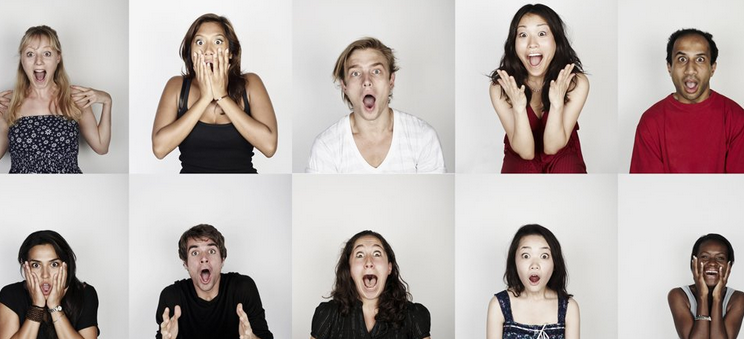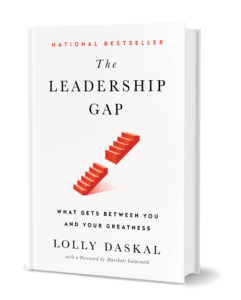
Knowing how to read and interpret a person’s expression is an essential part of understanding the nonverbal cues that are crucially important in communication.
Learning the seven basic emotions and their corresponding facial expressions can help us read others and understand what they are feeling so we can effectively respond:
Knowing how to read and interpret a person’s expression is an essential part of understanding the nonverbal cues that are crucially important in communication.
Learning the seven basic emotions and their corresponding facial expressions can help us read others and understand what they are feeling so we can effectively respond:
Happiness

The expression of happiness involves both the upper and lower part of the face. Aside from a pull up and back of the lip corners (A.K.A. a smile), critical elements are the contraction of the muscle surrounding the eyes, the show of crow’s feet, and movement from the muscle that orbits the eye. The jaw drops open and teeth are parted, but there is no tension. A true smile, also known as the Duchenne smile, is anatomically distinct and indicates a genuine feeling of happiness.
Sadness

The expression of sadness is difficult to feign because of the inner-brow raise in addition to lip-corner depressing that occurs with sadness. Only a few people can raise their inner brows on demand, but this inner-brow raise occurs in everyone who experiences a genuine felling of sadness. When someone is sad, there is also a dropping of the upper eyelids, a loss of focus in the eyes, and a slight pulling down on the lips in the corners and the jaw.
Contempt

The expression of contempt is unique in that it requires asymmetry. While most emotional expressions can be bilateral, contempt is the only emotion that has to occur on only one side of the face, where the lip corner is tightened and raised.
Surprise

The expression of surprise is the briefest of all the expressions. It usually includes a raised eyebrow, with the eyes widened and the mouth open. The expression of surprise can quickly melt into anger, joy, or sadness.
Anger

Anger can range from annoyance to outright rage. Although there are different intensities of anger, they all carry a similar expression. In anger, we often see a lowering of the brows and glaring of the eyes. Tightened lips are also a common factor in angry faces–eyebrows down, upper lids pulled back, lower lids pulled up, lips tightened and narrowed, eyes glaring.
Disgust

This powerful expression comes from a feeling of aversion toward an object or person–or even the thought of something repulsive. Usually the nose wrinkles and the upper lip is raised.
Fear

The expression of fear is designed to be a warning signal, triggered in situations where historically there was a threat of danger. When we feel fear, our eyebrows are raised and pulled together, our lower lids are tensed, and our lips are slightly stretched horizontally.
These are seven universal expressions–happiness, sadness, contempt, surprise, anger, disgust, fear.
The next time you’re in a conversation with someone, try to tell which of the seven universal emotions they may be feeling.
What does that end up meaning to you?
N A T I O N A L B E S T S E L L E R
THE LEADERSHIP GAP
What Gets Between You and Your Greatness
After decades of coaching powerful executives around the world, Lolly Daskal has observed that leaders rise to their positions relying on a specific set of values and traits. But in time, every executive reaches a point when their performance suffers and failure persists. Very few understand why or how to prevent it.
Additional Reading you might enjoy:
- 12 Successful Leadership Principles That Never Grow Old
- A Leadership Manifesto: A Guide To Greatness
- How to Succeed as A New Leader
- 12 of The Most Common Lies Leaders Tell Themselves
- 4 Proven Reasons Why Intuitive Leaders Make Great Leaders
- The One Quality Every Leader Needs To Succeed
- The Deception Trap of Leadership
Photo Credit: Getty Images
Of Lolly’s many awards and accolades, Lolly was designated a Top-50 Leadership and Management Expert by Inc. magazine. Huffington Post honored Lolly with the title of The Most Inspiring Woman in the World. Her writing has appeared in HBR, Inc.com, Fast Company (Ask The Expert), Huffington Post, and Psychology Today, and others. Her newest book, The Leadership Gap: What Gets Between You and Your Greatness has become a national bestseller.